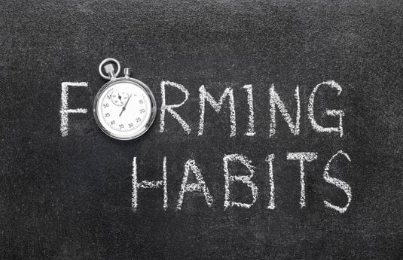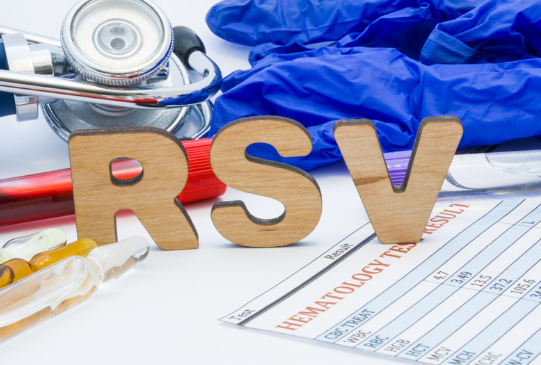You’re probably very aware of your racing heart after running a mile, walking up a steep hill or even climbing a staircase. It can also get faster when you’re startled or scared by something, like a friend jumping out from behind a doorway or a car slamming on its brakes in front of you. You might even have to sit down and rest until your ticker slows back down to its normal tempo. Perhaps you wear a heart rate monitor during your workouts to gauge the effectiveness of your cardio sessions.
But at any run-of-the-mill moment, when you’re not physically exerting yourself or experiencing some sort of scare, you probably don’t give your heart a second thought. You know it’s (
But your resting heart rate (RHR), which Harvard defines as "the number of heart beats per minute while you’re at rest," can actually tell you a lot about your health and fitness.
What Can Your RHR Tell You?
According to Dr. Nicole Harkin, a board-certified cardiologist and
"The higher the heart's stroke volume, the lower the resting heart rate. You'll have a high resting heart rate if you have a low stroke volume," explains Dr. Jason Karp of Run-Fit. "[Conversely,] people with a high level of cardiovascular fitness have a high stroke volume, [meaning] their heart pumps a lot of blood every beat, so their resting heart rate is lower."
Is there such a thing as too low of a heart rate? Dr. Karp says yes. "Too low of a resting heart rate (known as
Measuring Your Resting Heart Rate
According to Dr.
"The easiest way to check is to find your wrist pulse and measure the beats for 15 seconds," Dr.
Dr. Harkin notes that although your resting heart rate can be an indication of overall fitness, it is also affected by many other factors, including activity, medications, caffeine, stress, alcohol and current weight, so it's best to check it first thing in the morning when you wake up. Better yet, get multiple readings over the course of the day and then take the average.
"The newer personal fitness devices can also give you a sense of your heart rate, but you should always check it manually if it seems abnormal," Dr. Harkin recommends.
Using Your RHR to Find Your Target Heart Rate
Your resting heart rate can help you determine the right level of exercise intensity required to accomplish your goals, notes Dr.
What is the Karvonen formula? According to Dr. Conrad, it was created as a method of determining the target heart range for certain exercise goals. You start by subtracting your age from 220, then apply that number to the target heart range chart to determine which range fits your activity goals. "So for someone who is 24, has been exercising regularly and wants to burn fat, 220-24=196.
"If you are looking to burn more fat, more medium-type exertion exercises like jogging may get you in the range you desire," Dr. Conrad explains. "The fat-burning target zone is 60 to 70 percent of your maximum target heart rate for fat burning. If cardiovascular benefits are your goal, then 70 to 80 percent of your heart rate max is the range you will want to aim for."
However, some experts believe the traditional Karvonen formula may fall short in terms of accurately measuring target heart rate. Many have found that, due to varying heart sizes and rates, the 220 number often results in a lower range than what is actually required. There can also be gender disparities, as women are often shown to respond differently to exercise than men. To determine your ideal target heart rate, talk to a fitness trainer for personalized intensity recommendations.
Once you start tracking your resting heart rate consistently, you’ll find it can be a vital source of information about your health, wellness and fitness level. Of course, if you notice that your RHR skews abnormally high (above 100 beats per minute) or













